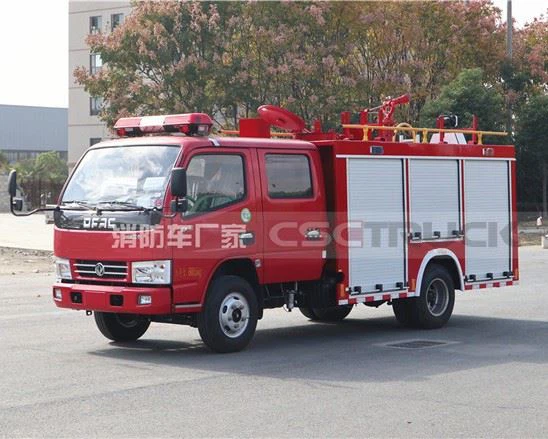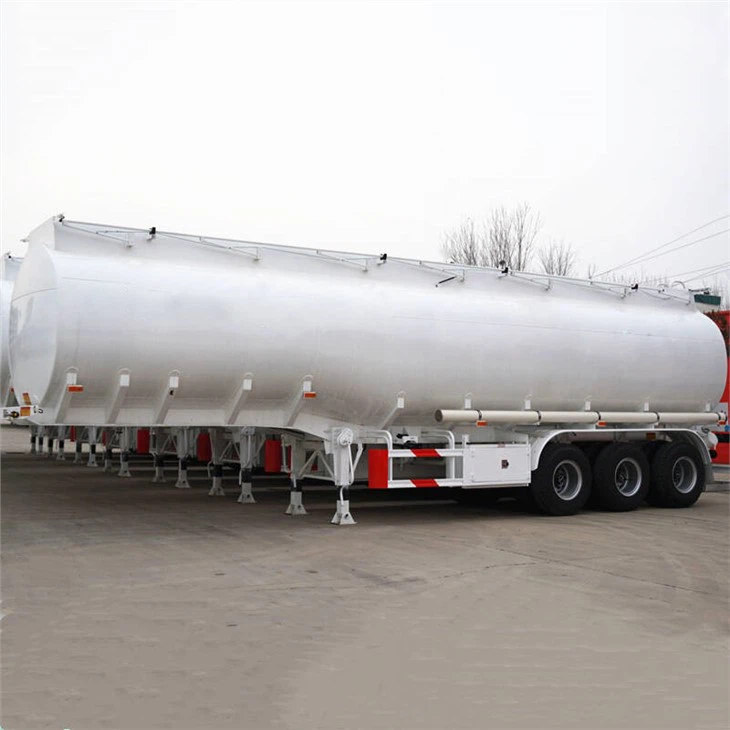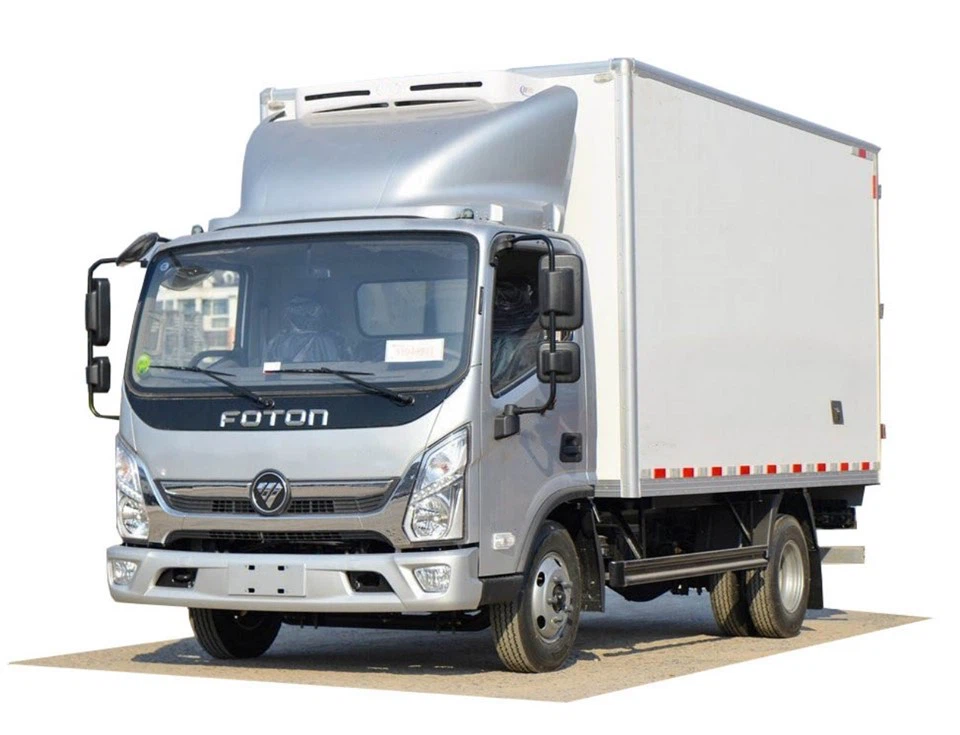Street Sweeping Equipment for Sale: A Complete Guide

Introduction
Street sweeping is an essential service in maintaining urban cleanliness and ensuring roadway safety. As cities expand and more vehicles hit the roads, the need for efficient street cleaning has become increasingly important. Whether you’re a city manager, a contractor, or part of a landscaping company, investing in quality street sweeping equipment can elevate your services significantly. In this article, we will explore various forms of street sweeping equipment available for sale, their features, benefits, and practical tips for making a purchase that best suits your needs.
Types of Street Sweeping Equipment
When looking for street sweeping equipment for sale, it’s essential to understand the different types available on the market. Here, we discuss the primary categories and their functionalities.
1. Traditional Mechanical Sweepers
Mechanical sweepers are the most common type used for street cleaning. They employ brushes and suction systems to collect debris from road surfaces.
- Advantages: Cost-effective, simple to operate, and low maintenance.
- Examples: Elgin Pelican, Carlson Construction’s SC8000.
2. Vacuum Sweepers
Vacuum sweepers utilize airflow to suck up debris from the streets. They are generally more efficient in removing fine particles, often making them ideal for urban environments.
- Advantages: Excellent for dust control, great for heavy debris.
- Examples: TYMCO 600, Schwarze A7.
3. Regenerative Air Sweepers
This type of sweeper combines elements of mechanical and vacuum sweepers. It utilizes a regenerative air system that recirculates the vacuumed air.
- Advantages: Minimal water usage, effective in cleaning fine dust, eco-friendly.
- Examples: Tymco 500X, Elgin Broom Bear.
4. Combination Sweepers
Combination sweepers have a dual cleaning mechanism, incorporating both mechanical brushes and vacuum systems for enhanced cleaning performance.
- Advantages: Versatile, can operate in various conditions.
- Examples: Athey Wagon, Alamo Street Sweepers.
Key Features to Consider
When considering street sweeping equipment for sale, various features can significantly impact performance and efficiency. Here are some critical elements to evaluate:
1. Size and Weight
The size of the sweeper is crucial, especially for urban areas with narrow streets. Lightweight models are suitable for maneuvering easily, while heavier models are ideal for larger areas.
2. Brush Configuration
The arrangement and design of brushes can affect how thoroughly surfaces are cleaned. Side brushes help in reaching corners, while rotary brushes provide a powerful sweep.
3. Filtration Systems
High-quality filtration systems are essential for dust suppression. Look for sweepers equipped with multi-stage filters as they provide superior air quality.
4. Water System
Some sweepers include an integrated water system, which is essential for dust control. It helps to keep the dust down during the sweeping process, making it a feature to prioritize depending on local regulations.
Cost of Street Sweeping Equipment
The cost varies based on the type, brand, and features of the equipment. Here’s a breakdown of expected price ranges:
| Type of Sweeper | Price Range (USD) |
|---|---|
| Traditional Mechanical Sweepers | 25,000 – 50,000 |
| Vacuum Sweepers | 30,000 – 70,000 |
| Regenerative Air Sweepers | 40,000 – 80,000 |
| Combination Sweepers | 50,000 – 100,000 |
Buying New vs. Used Equipment
The decision between purchasing new or used street sweeping equipment can influence both costs and operational efficiency.
Benefits of Buying New Equipment
- Warranty and support from manufacturers.
- Latest technology and features for enhanced efficiency.
- Customization options based on specific needs.
Benefits of Buying Used Equipment
- Cost savings; typically much cheaper than new models.
- Immediate availability without long wait times.
- Good for smaller projects or municipalities with limited budgets.
Finding Reliable Suppliers
To purchase street sweeping equipment for sale, finding reputable suppliers is critical. Here are some commission-based tips:
1. Online Research
Use online marketplaces such as MachineryTrader, eBay, and Amazon to compare options and prices. Reading customer reviews can provide insights into reliability and performance.
2. Local Dealers
Check with local dealers for availability and after-sale services. Proximity can be advantageous for maintenance and support.
3. Trade Shows and Expos
Attending industry-related trade shows allows you to see equipment in action. You can talk directly to manufacturers and suppliers.
Maintenance Tips for Street Sweepers
Proper maintenance ensures the longevity and efficiency of your street sweeping equipment. Here are practical tips:

1. Regular Inspections
Perform regular inspections to check for wear and tear on brushes, filters, and hoses. Early detection can prevent larger issues.
2. Keep It Clean
Cleaning the sweeper after use is crucial to maintaining performance. Remove any debris and wash down the machine.
3. Schedule Routine Maintenance
Set up a maintenance schedule with qualified technicians to keep your equipment in optimal condition.
4. Utilize Pars and Services
Use OEM parts and recommended services to ensure compatibility and reliability of repairs.
Real-Life Applications of Street Sweeping Equipment
Street sweeping has diverse applications; here are some scenarios highlighting its importance:
1. Urban Traffic Management
City municipalities employ street sweepers to maintain clean roadways, preventing debris from obstructing vehicles and reducing accidents.
2. Construction Sites
Contractors use street sweepers to keep construction sites tidy, ensuring a safe working environment while minimizing dust pollution.
3. Public Events

Municipalities often deploy street sweepers during large public events to maintain hygiene and cleanliness, ensuring an enjoyable environment for attendees.
FAQs
1. What is the average lifespan of street sweeping equipment?
The average lifespan can vary, typically ranging from 5 to 15 years, depending on maintenance and usage.
2. How often should street sweeping equipment be serviced?
It is recommended to service street sweeping equipment at least annually, while more frequent checks are advised for heavy usage.
3. Can I rent street sweeping equipment instead of buying?
Yes, many suppliers offer rental options, which can be cost-effective for short-term needs.
4. What are the licensing requirements for operating street sweepers?
Licensing requirements vary by state and locality. It’s essential to check local regulations on operating heavy machinery.
5. What type of sweeper is best for rural areas?
Traditional mechanical sweepers are often suited for rural areas due to their ability to handle larger debris and less crowded environments.

6. Are electric street sweepers available?
Yes, electric street sweepers are becoming increasingly popular due to their eco-friendliness and lower operational costs.
